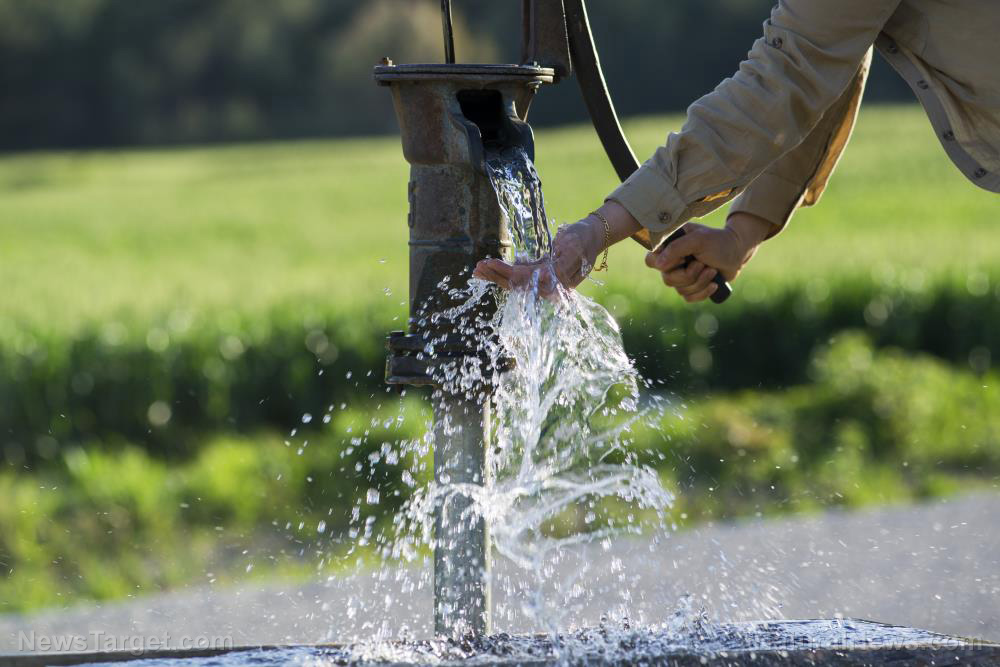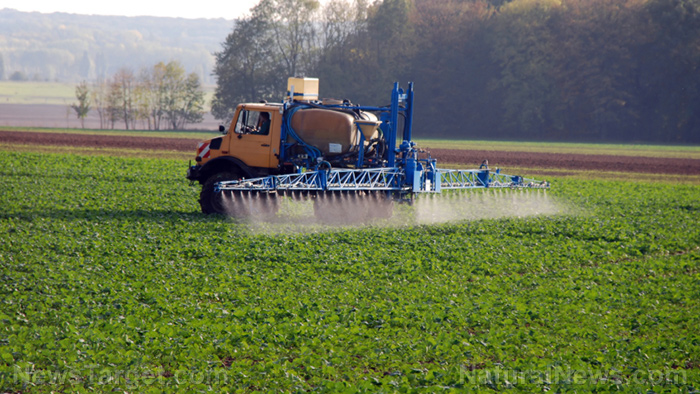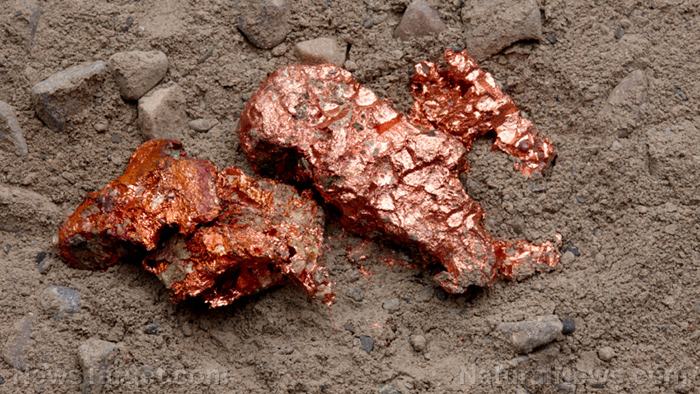Simple techniques to find groundwater
12/04/2018 / By RJ Jhonson

Water is crucial to human survival. As a prepper or homestead owner, one of the essential skills you can develop is finding and collecting groundwater. If you are unsure about your ability to find water and dig wells, don’t worry – you can always learn from the experts. (h/t to SurvivalBlog.com)
Unless you’re bugging out and just passing by, your goal when finding groundwater is to have access to fresh water all year round. Before the modern approaches to finding water, people used not-so-scientific methods. Whether you should use them yourself is a personal choice, of course.
One of these – and among the oldest – methods is called dowsing. In this practice, dowsers walk around areas suspected to contain water holding either an L-shaped rod in each hand – the way you would hold a pistol – or a Y-shaped branch with their hands on each of the two prongs. The rods and the branch would twist or twitch in response to the presence of a water-containing vein, fault, or aquifer in the ground below.
If you want a more certain way of determining the presence of water, you can obtain a topographical map of your property. You can also survey your surroundings for tell-tale signs of the presence of water. Here’s how you can find them:
- Look for low points in the area where water from higher points can collect.
- Find areas that easily form puddles.
- Look for sections that contain seasonal plants and trees that stay green longer than other plants in the area.
Once you have identified likely spots with water, what’s left to do is to dig your well. Now it may sound reasonable to dig at the lowest part of the area, right where all the water collects. You must resist the urge to do this for a very good reason.
These areas contain large concentrations of rocky material that usually crumbles or breaks apart into very small pieces. If you were to dig your well at the lowest point of the property, the material would most likely become eroded and collapse in on itself, wasting your time and effort and taking your precious water from you until you can dig another well.
Instead, dig your well off to one side of the valley where the bedrock is more likely to be stable. You can also dig a test hole with which you can determine the composition and characteristics of the rocks in your well. You can have this checked by a hydrologist who can offer you insight into the amount of groundwater in your property. The sample hole will also tell you the well’s recovery rate or the length of time it takes for the water in the well to recharge after you have drained it. (Related: Toxic substances from coal ash are leaking into the groundwater, yet utility companies keep petitioning for weaker monitoring rules.)
All these details can tell you how large your well needs to be to support your needs fully or, conversely, how much you can get from it. According to water experts, for instance, a family of four with moderate water usage would need a well that can sustain a water flow rate of four gallons per minute for four hours.
As for when you need to dig, the best time is roughly around the end of the dry season. During this time, the water level inside the well will be low enough that you will be able to accurately determine the hole’s depth. Digging during the wet season will have your well sloughing off into itself, refilling itself as quickly as you dig the shaft.
Although you might need to dig wells after SHTF, there is a good chance you’ll do so before any collapse happens. In this case, you’ll need to familiarize yourself with your area’s rules and regulations regarding digging wells.
Go to CleanWater.news and learn about the importance of clean water.
Sources include:
Tagged Under: bug out, clean water, dowsing, fresh water, groundwater, homesteading, how to, Off-the-grid living, preparedness, prepper, prepping, SHTF, survival, sustainable living, water well

















